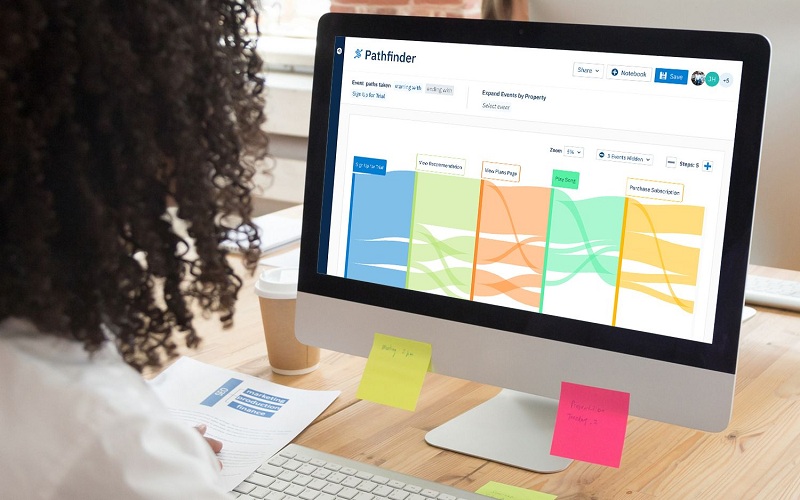User Behavior Analytics (UBA) is a powerful tool used across various industries to gain insights into how users interact with digital systems or platforms. It involves analyzing patterns, trends, and anomalies in user behavior to detect potential security threats, improve user experience, and optimize business strategies. Here’s an in-depth exploration of User Behavior Analytics:
Understanding User Behavior Analytics:
Here’s how to understand User Behavior Analytics: How to Track and Analyze
Data Collection: UBA collects and analyzes vast amounts of user-generated data, including login activities, navigation paths, time spent on pages, and transaction histories. This data is sourced from multiple channels, such as websites, mobile apps, and IoT devices.
Pattern Recognition: UBA leverages machine learning, statistical modeling, and algorithms to identify normal behavior patterns of users. By establishing baselines, it becomes easier to recognize deviations or anomalies that might indicate suspicious or fraudulent activities.
Risk Detection: UBA focuses on detecting insider threats, cyberattacks, account takeovers, and unauthorized access. It identifies risky behaviors that fall outside the norm, alerting security teams to potential security breaches.
Applications of User Behavior Analytics:
Cybersecurity: UBA plays a pivotal role in cybersecurity by detecting unusual access patterns or changes in user behavior that may indicate a security threat. It aids in early detection of anomalies, helping security teams respond promptly and mitigate potential risks.
Fraud Detection: In financial services, UBA helps detect fraudulent transactions by identifying irregular behavioral patterns. It enables organizations to flag and investigate suspicious activities, reducing financial losses due to fraudulent behavior.
Improving User Experience: UBA helps organizations understand user preferences and behaviors. By analyzing user interactions, businesses can enhance their products or services, optimize website navigation, and tailor marketing strategies to better meet user needs. Check user behavior analytics examples and use cases for more information.
Insider Threat Detection: UBA assists in identifying insider threats within organizations. It detects unusual or suspicious behavior among employees, such as accessing unauthorized data or attempting to bypass security protocols.
Implementing User Behavior Analytics:
Data Collection and Integration: Gather data from various sources such as logs, sensors, applications, and networks. Integrating data from different systems creates a comprehensive view of user behavior.
Machine Learning and Algorithms: Implement machine learning algorithms to process and analyze data. These algorithms learn from historical data to identify normal patterns and detect anomalies.
Real-time Monitoring: UBA systems provide real-time monitoring capabilities to promptly identify and respond to anomalies or potential threats as they occur.
Collaboration and Actionable Insights: UBA platforms offer insights and actionable intelligence. They facilitate collaboration between security teams, IT departments, and business stakeholders, enabling informed decision-making and proactive responses to threats.
Challenges and Future Trends:
Implementing UBA may face challenges related to data privacy, ensuring data accuracy, and the complexity of integrating diverse data sources. Additionally, as cyber threats evolve, UBA systems need to continually adapt to detect new attack vectors and sophisticated threats.
Looking ahead, advancements in AI and machine learning will further refine UBA capabilities, enhancing its accuracy and predictive abilities. Integrating UBA with other security technologies and focusing on behavior-based threat detection will be crucial in staying ahead of cyber threats.
Conclusion:
User Behavior Analytics empowers organizations to proactively identify security threats, improve user experiences, and optimize business strategies by leveraging insights derived from user behavior patterns. As technology evolves and threats become more sophisticated, UBA will continue to play a pivotal role in safeguarding digital assets and ensuring a secure, efficient, and user-centric environment across various industries.




